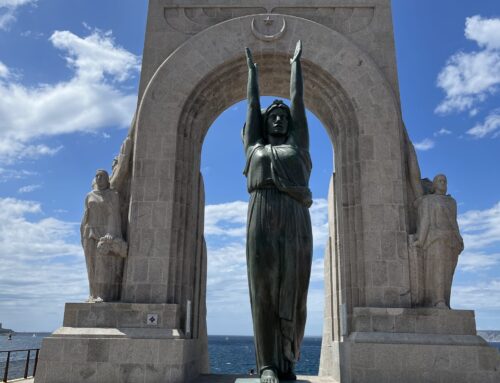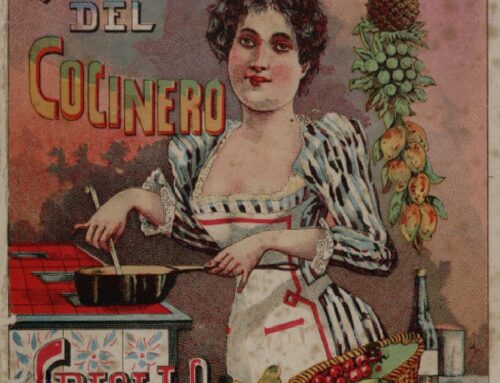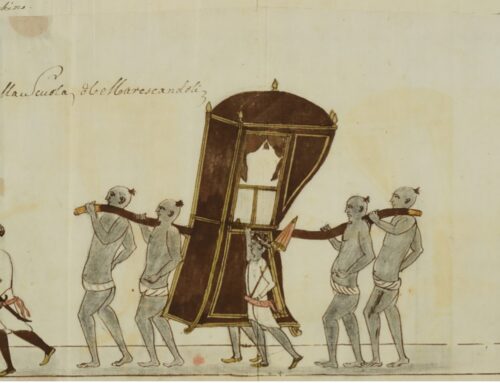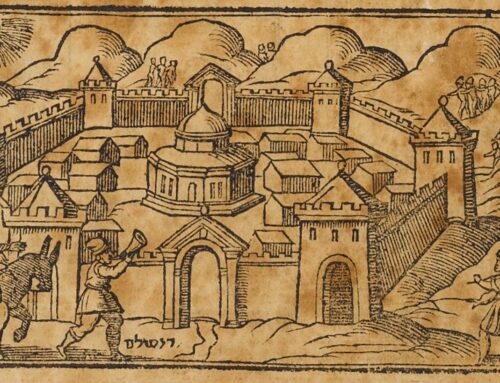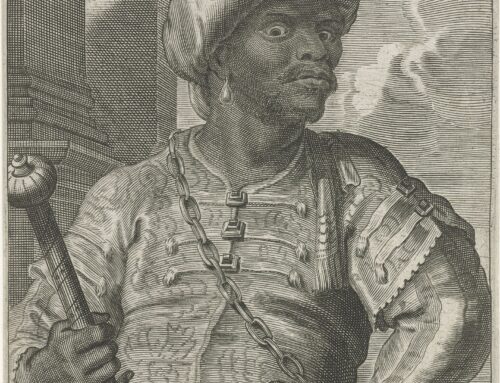The Mediterranean has always been the seam between East and West, between different ethnic groups and civilizations often in bitter conflict but bound together by a web of enduring economic and trading interests.
In this context, in the last four centuries of the Middle Ages, some of the Italian maritime cities, driven by strong political and economic revival in Europe, embarked upon a policy of expansion towards the East, supported by the construction of powerful trading and military fleets. The extreme decadence of the Byzantine Empire, mercilessly highlighted by the Crusades, together with the gradually increasing strength of the hostile Muslim potentates in Asia Minor and North Africa, prompted the Italian and Catalan maritime cities to adopt an out-and-out policy of force to consolidate ever-more widespread and deep-rooted trading interests.
Such a policy inevitably triggered conflicts and wars between the maritime cities themselves. Two of these, Genoa and Venice, emerged victorious in these struggles. Destined to dwarf every other trading power in the Mediterranean, at the same time they would be in a perpetual state of conflict with each other over the centuries. Until the end of the Middle Ages, they would effectively dominate the Mediterranean. The political power of Genoa would wane in the sixteenth century, though it remained a very wealthy financial centre for centuries. Venice, reinforced by the conquest of an extensive hinterland, continued to be a commercial and political power for a further two centuries, thanks above all to its large fleet. In this period, albeit with progressive losses, it sustained its empire in the eastern Mediterranean, engaging in a number of epic battles against its mortal Turkish foe. One need only mention the battle of Lepanto, where Venice contributed no fewer than 107 battle galleys, plus six galleasses (the battleships of the time), to the total of 212 galleys forming the Christian coalition fleet; or the heroic defence of Crete, which dragged on, amidst continual clashes, for no less than 24 years.
Moreover, Venice’s economic interests in the East were still very considerable. In the 1600s there were still four thousand Venetian families operating on the Serenissima’s behalf in the great emporiums of the Levant – in Damascus, Aleppo, Cairo, Alexandria, Baghdad and even Hormuz. In 1603 the volume of Venetian trade in the Aleppo marketplace alone had an estimated value of one and a half million gold ducats per year, around half the trade of all the other Christian states combined.
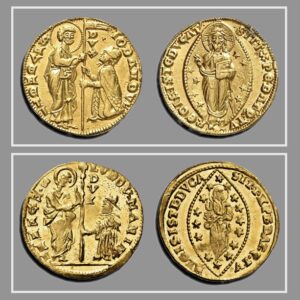
Fig. 1 Venice, Giovanni Dandolo (Doge 1280-1289), ducat, since 1285 (top)
Fig. 2 Venice, Ludovico Manin (Doge 1789-1797), zecchino (bottom)
It was in this world that the gold ducat of Venice, later called the zecchino, was minted. (Fig. 1 and 2) It is the only coin in the world that retained, for the over 500 years of its uninterrupted existence, the same images, the same epigraphs, the same weight and the same absolute purity of the metal. And in Italy today, the expression “zecchino gold” is still used to describe pure gold.
For over five hundred years, from the thirteenth to the eighteenth century, the zecchino was the hegemonic currency of the Mediterranean, sought-after and used everywhere, imitated and counterfeited everywhere, even in France and India.
It was in 1284, during the rule of Doge Giovanni Dandolo, that the Great Council decided to issue a gold coin for the first time. Venice’s rival cities, Genoa and Florence, had already minted their own gold coin 32 years earlier, in order to better tackle the enormous rise in commercial transactions. Until then Venice had used as gold coinage the Byzantine coins circulating in the Latin Empire established in Constantinople in 1204 with the crucial help and support of the Venetians. After the collapse of the short-lived and abhorred Latin Empire in 1261, and the restoration of the Byzantine Empire under the Palaiologi dynasty, supported by the Genoese (immediately favoured by the new power with the Treaty of Nymphaeum), Venice no longer had any reason to sustain the now devalued and debased Byzantine hyperpyron. The republic also felt the need to counter the new gold coins of Genoa and Florence, especially as the latter’s gold florin had quickly proved to be extremely popular. The delay in the decision to issue a gold coin may have been due in part to the fact that the Venetian silver gross, minted since the final years of the twelfth century, had a very wide circulation and was itself a well-known and appreciated international coin accepted everywhere and imitated by many foreign mints.
These, then, were the characteristics of the new gold ducat, the first exemplars of which were struck in the spring of 1285: 67 pure gold coins were to be obtained from each gold mark (“tam bona et fina ut est florenus”), and each coin was to have a value of 18 silver grosses. A system of bimetallism was introduced in Venice too, as had already happened for Genoa and Florence, with a ratio of around 1 to 11 between gold and silver. The ducat, which would take the name of the zecchino when Francesco Donà was doge (1545–1553), retained its intrinsic value of 24 carats (0.997 of pure gold) right through until the fall of the Republic. There would be just three entirely insignificant reductions in weight, the first in 1491 from 3.559 g to 3.53 g, and then twice more in the first half of the sixteenth century, to 3.51 g and finally to 3.49 g.
The ducat retained the same identical depiction under the rule of all the 73 doges that minted it: on the obverse Saint Mark is handing the standard to the kneeling doge. The legend bears the name of the doge on the right and S M VENET(I) on the left; along the pole of the standard is the word DUX. On the reverse is the Blessing Christ standing in an elliptical halo scattered with stars with the legend SIT T XPE DAT Q TU REGIS ISTE DUCAT (Sit tibi Christe datus quem tu regis iste ducatus). This is a perfect hexameter, the so-called leonino, that is to say, with the final word rhyming with the penthemimeral caesura (in the middle of the third foot). The literal translation is as follows: “Let this duchy which thou rulest be dedicated to thee, O Christ”.
In the 512 years between the striking of the first ducat of Giovanni Dandolo and those of the last doge Ludovico Manin in 1797, and then in the zecchini issued by Francis II of Hapsburg Lorraine as head of the Holy Roman Empire and Duke of Venice between 1798 and 1805, and also the ones he issued with the name of Francis I of Austria in 1815, the figurative elements on both sides remained the same. However, the style did change following the general evolution of the art. The depictions on the prototypes and the successive fourteenth- and fifteenth-century issues, rendered in a magnificent Gothic style, were followed by a gradual softening in the rendering of the bodies of Christ, Saint Mark and the doge, resulting in a Baroque style in strident contrast with the unchanged structure in which the figures themselves were positioned, in particular the elliptical, star-studded Gothic frame (the so-called mandorla) that surrounded the figure of Christ.
The hegemonic currency in the Mediterranean for over five hundred years, the ducat or zecchino was imitated or counterfeited by a great many states, in many different periods and contexts.
Imitations are defined as coins which are figuratively identical on both the obverse and reverse, but are distinguished from the original by the writing, which, on one or both sides, indicate, though sometimes in a highly succinct or ambiguous manner, the name of the authority, prince or place of issue.
Counterfeit coins are those where it is impossible to ascertain who issued them: in this case the lettering was copied with varying degrees of skill from that of the original coins or was illegible, composed of meaningless characters.
In both cases, whether imitations or counterfeits, those producing them counted on the resemblance of the figurations to the original, in the certain knowledge that widespread illiteracy combined with the hurried nature of business transactions would pose an obstacle to reading the lettering and hence to recognizing copied or counterfeit coins.
Where possible, the Republic protested and threatened, though generally to little effect. For example, the Republic complained to the princess of Dombes, Anne Marie of Montpensier (1650–1693) for having placed the image of Saint Mark on her imitative zecchini, which were fraudulently released onto the Turkish market. She replied that Saint Mark was the patron saint of Trévouz, just as he was of Venice, insofar as he had been particularly venerated after the plague had subsided following his intercession. At this point the complaints ceased.
These purely fraudulent ends (imitated or counterfeit coins always had a lower gold content and sometimes a slightly lower weight) were often combined with a more subtly political intent to wage a trade war.
Introducing onto the market, together with real zecchini, debased coinage generated confusion and undermined the fame and repute of the original. Genoa employed this tactic extensively, especially during its centuries-long struggle with Venice.
Apart from an imitation issued directly by Genoa towards 1554, the initiative was left, above all in the fourteenth and fifteenth centuries, to the various Genoese lords who, during the break-up of the Byzantine empire, had, effectively if not in name, carved out independent possessions for themselves in the Aegean islands: Chio (Scio), where, from the fourteenth century onwards, a Genoese trading company exploited the lucrative trade in mastic, released thousands of hard-to-distinguish counterfeit coins onto the market until the middle of the sixteenth century, together with imitations bearing the letter S (Scio). Then there was Phocaea, where the Genoese nobles Cattaneo della Volta and then the Gattilusios exploited the rich alum mines, issuing a large number of counterfeits and imitations; and Lesbos (Mytilene), where Francesco Gattilusio and his successors coined imitations. In the fifteenth century imitations were even struck by Pera, the Genoese enclave of Constantinople; and even further afield, in the remote Crimea, the governors of the important Genoese colony of Caffa issued very well-made imitations in the fifteenth century bearing the proud wording “GENUIT ME IANUA CAFFAM”. (Fig. 3 and 4)
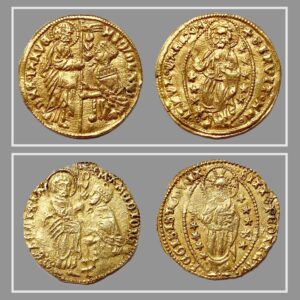
Fig. 3 Caffa, Filippo Maria Visconti (Duke of Milan and Lord of Genoa, 1421-1435), ducat (top)
Fig. 4 Pera, Filippo Maria Visconti (Duke of Milan and Lord of Genoa, 1421-1435), ducat (bottom)
Other very rare fifteenth-century imitations were issued by a Genoese commander-governor, Geronimo Sauli, in another small Genoese possession at Cembalo (modern-day Balaklava) in the Crimea.
Apart from the Genoese-inspired imitations, all motivated by fraudulent and political aims, significant numbers of counterfeit coins were produced by the Turks; and, in the fourteenth century, the prince of Achaia, Robert d’Angiò, struck coins in electrum in Glarentza. The Knights of Saint John openly adopted the model of the Venetian ducat because of its prestige; up until the middle of the fifteenth century, all the Grand Masters, first in Rhodes and then in Malta, had their name put on it. (Fig. 5)
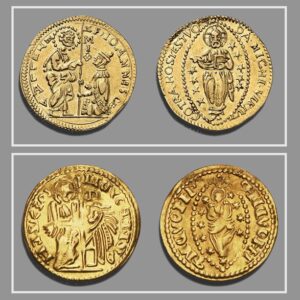
Fig. 5 Malta, Knights of St. John, Grand Master Fra Jean de la Valette (1557-1568), zecchino (top)
Fig. 6 India, local imitation of a Venetian zecchino, 18th century (bottom)
Even the papal government of Rome felt the need to produce, for almost a century between the 1300s and 1400s, imitations of the Venetian ducat. And as late as the beginning of the nineteenth century, at the height of the Napoleonic era, Florence coined zecchino imitations for trade with Turkey; while in France, the princess of Dombes and Prince William Henry of Nassau, the prince of Orange, coined imitations of the zecchino with a view to introducing them fraudulently into the Turkish market in the second half of the seventeenth century.
The fame of the zecchino even reached India, where, in the eighteenth century, numerous crude imitations were coined in gold and in electrum. (Fig. 6)
Finally, mention must be made of the light Balkan imitations produced for jewellery, given that local and gypsy populations had the custom of wearing necklaces of fake coins and of decorating jerkins and belts with light reproductions of Turkish and Venetian coins.
It can therefore be concluded without doubt that the Venetian ducat or zecchino – together with its derivations – played a fundamental role in the economic and political life of the Mediterranean for centuries.
References
The characteristics of the gold ducat of 1284 are described in Raffaele Paolucci, Le monete dei Dogi di Venezia. Padua 1990.
For the imitations and counterfeits I drew on: Cesare Gamberini di Scarfea, Appunti di numismatica veneziana. Bologna 1963.
Giorgio Giacosa. “Il ducato d’oro di Caffa”. Annotazioni numismatiche 29. Circolo numismatico ticinese. March 1998.
Andreas D. Mazarakis. Die Dukaten von Venedig und deren Imitationen aus Anatolien vom XIV-XVI Jahrhundert. Athens 2012.
“Sammlung Mazarakis”, in Numismatik Lanz München. Auktion 159. Dezember 2014. München
- Schlumberger. Numismatique de l’Orient Latin. Paris 1878.
Andreas D. Mazarakis. Il Ducato di Venezia e le sue imitazioni nell’Oriente Latino tra il XIV e il XVI secolo, in Quaderni della Società Ligure di Storia Patria 5. Genoa 2018.



